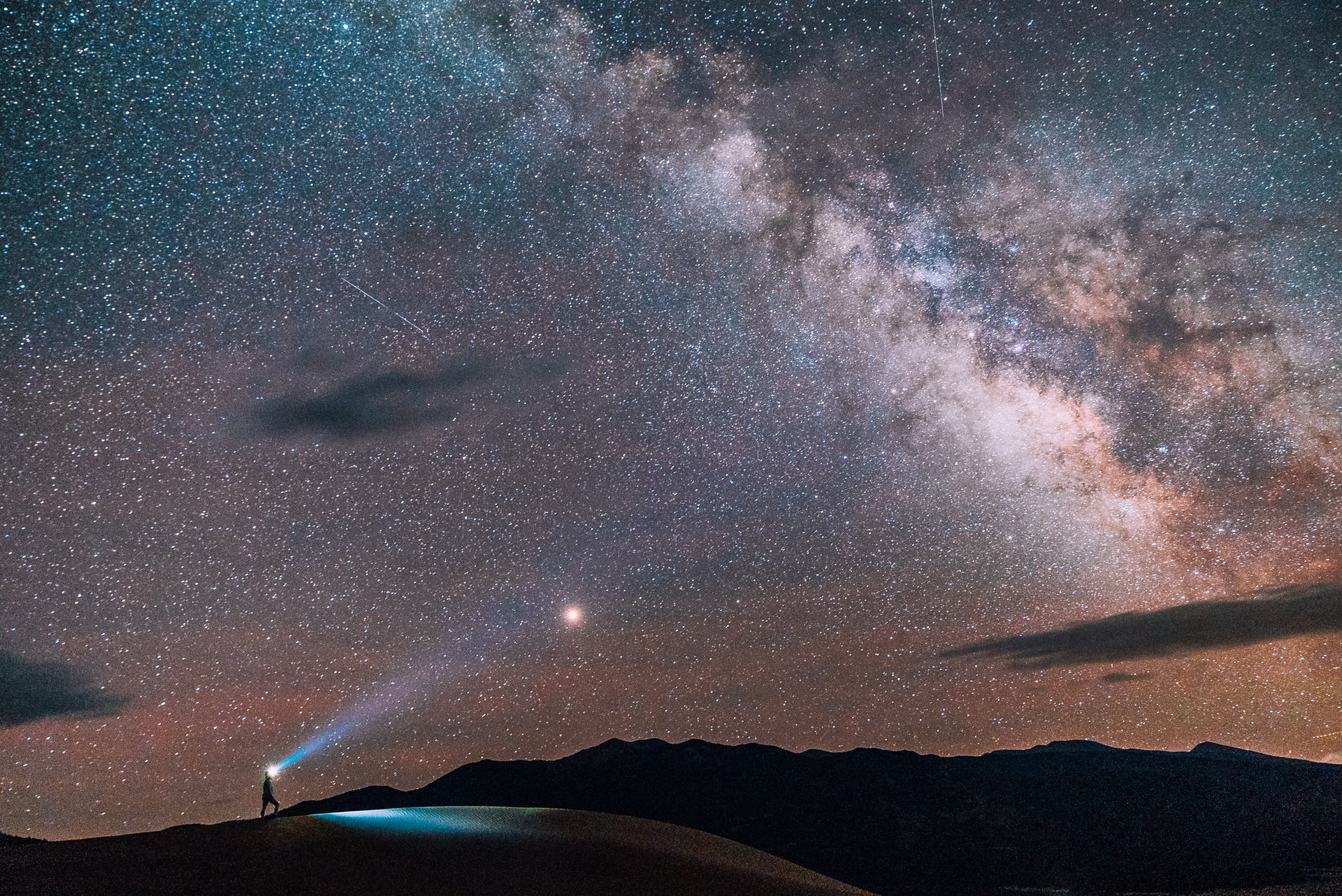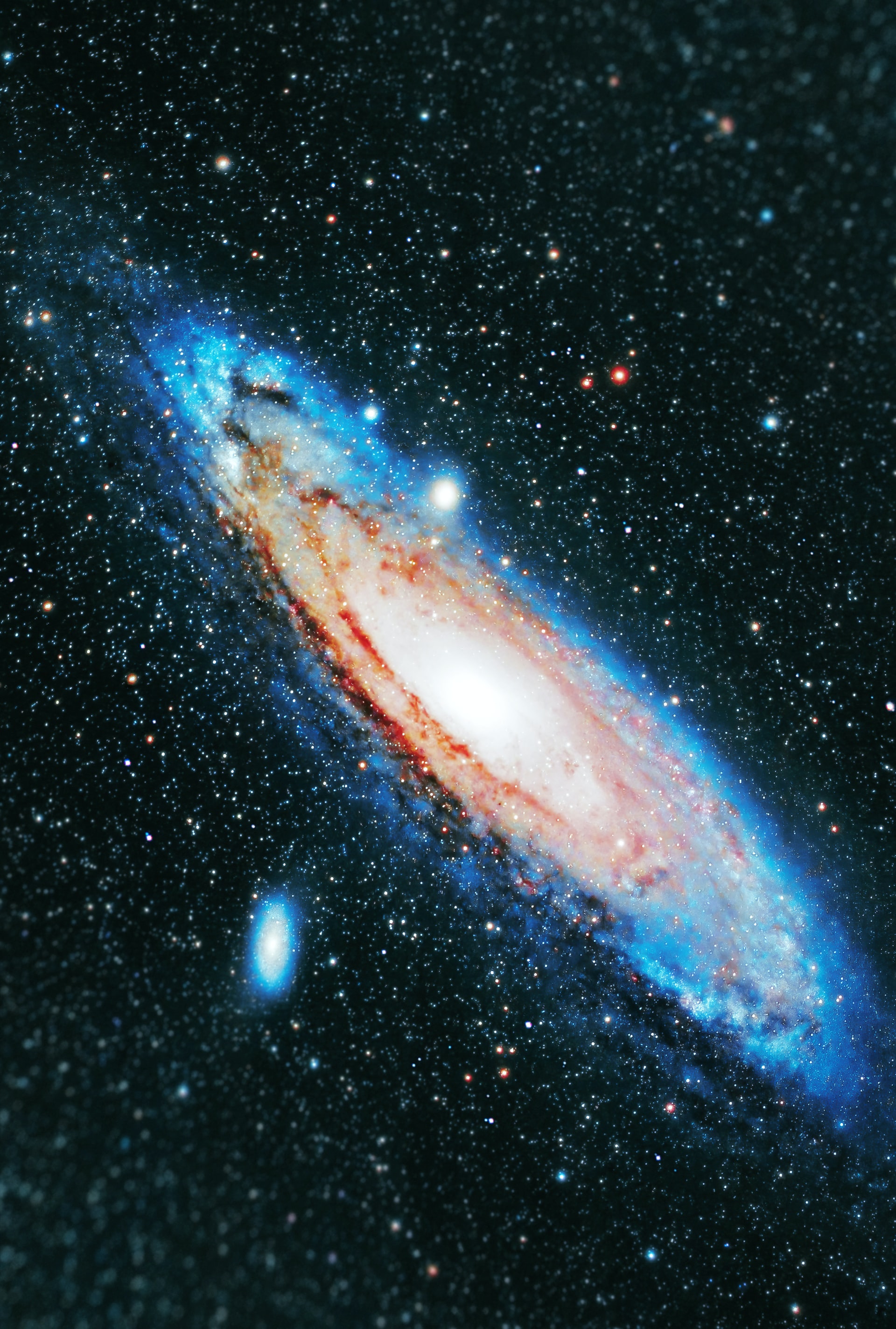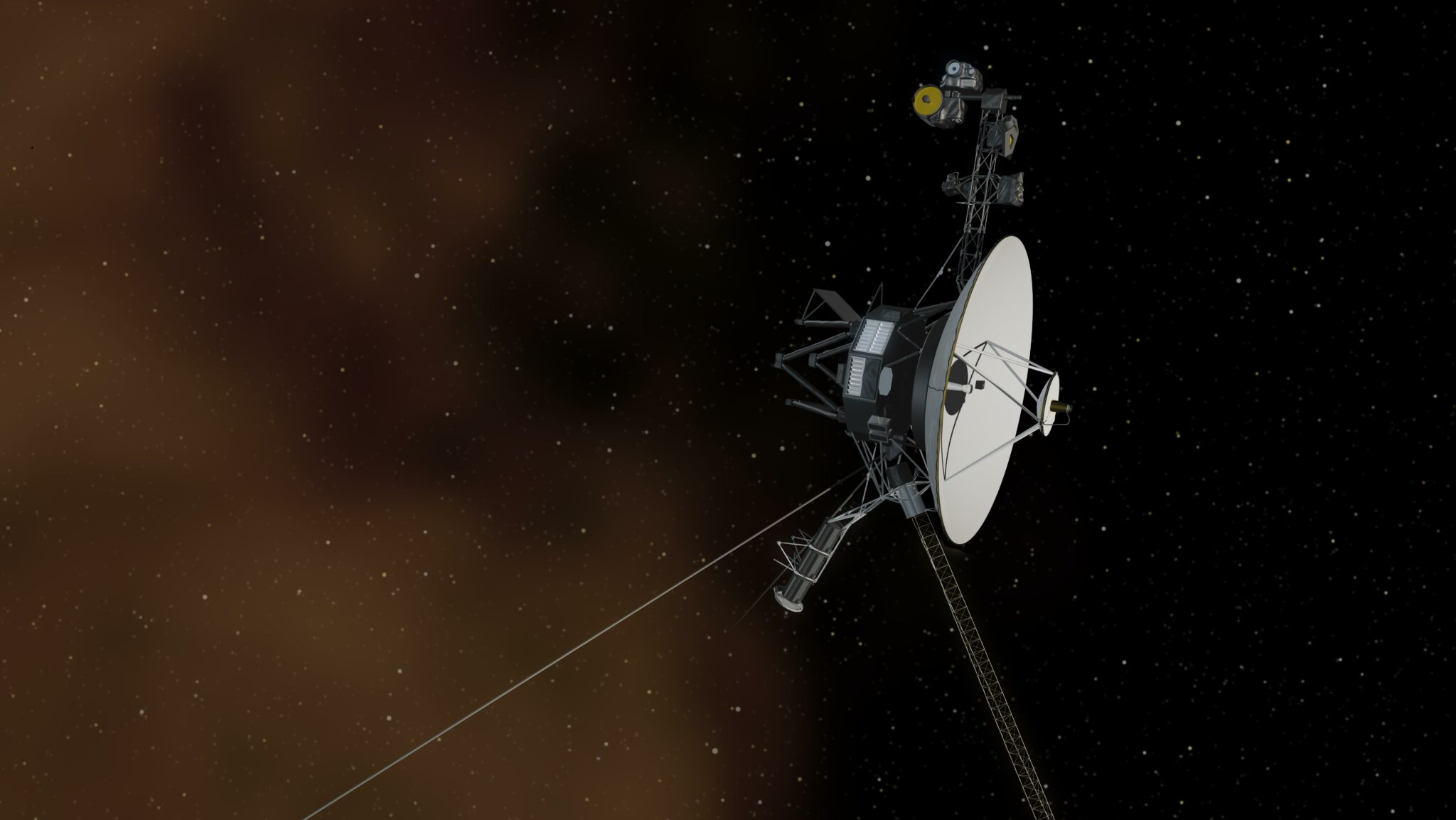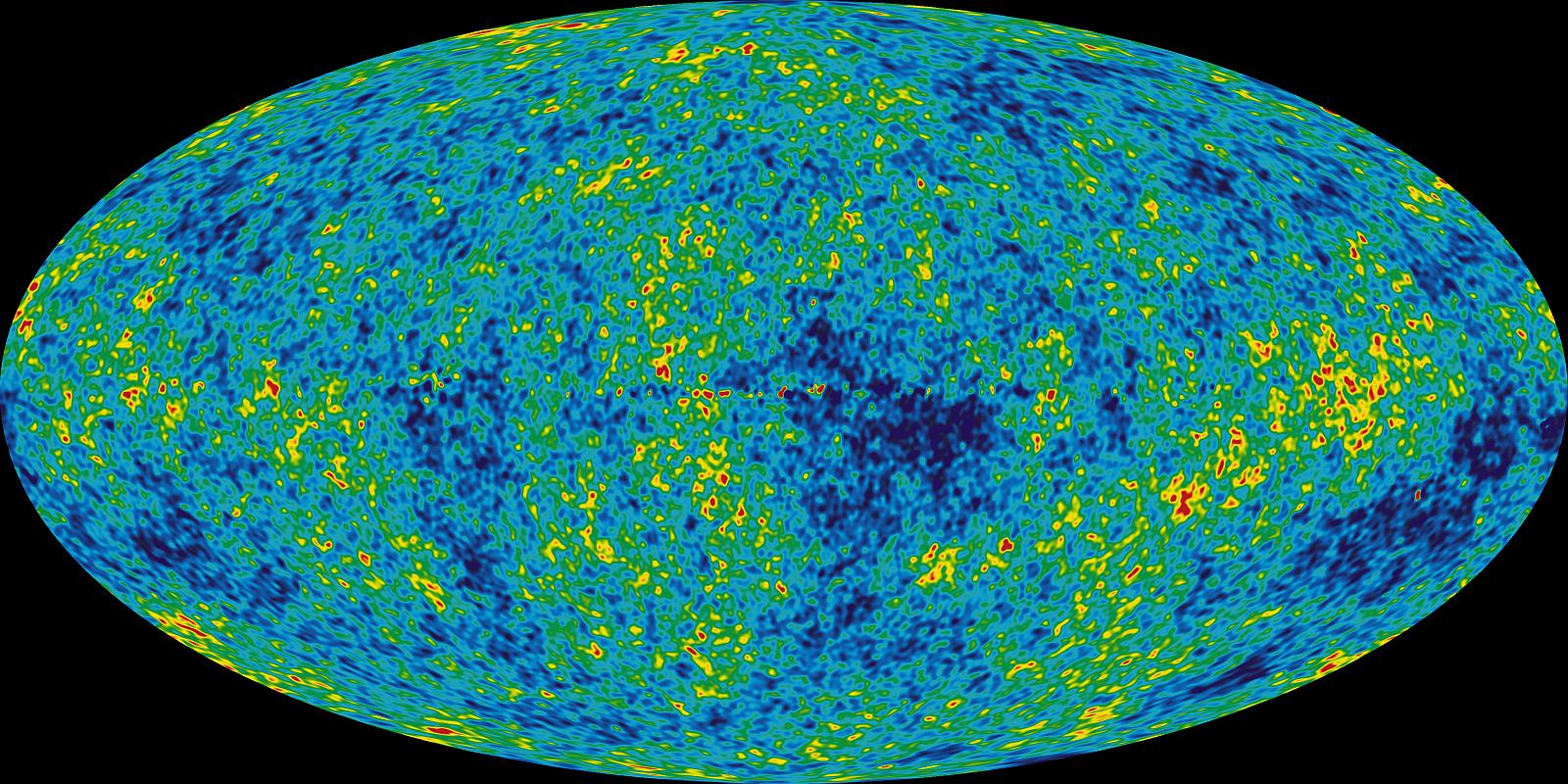A light-year is a measurement of distance, not time, as many might think. A light-year is the distance that a ray of light travels in one Earth year, which is approximately 9.7 trillion kilometers. On the scale of the Universe, measuring distances in kilometers is difficult because of the huge numbers obtained. Therefore, it is much easier for astronomers to measure the distance to the stars in the time it takes light to traverse this space. For example, the nearest star to our Sun, Proxima Centauri, is 4.2 light-years away from us. That is, the light we see from the star takes just over four years to reach us.

Light year in kilometers
The speed of light is constant throughout the Universe and is known with high accuracy. In a vacuum, light moves at a speed of 299,792,458 m/s (1,079,252,849 km/h). To find the distance by light-year, multiply this speed by the number of hours in a year — 8760. The result is 9.45 trillion kilometers. At first glance, this value may seem like an incredible distance. But the vast scale of the Universe easily eclipses this length. According to the latest estimate of astronomers, the diameter of the visible Universe is 93 billion light-years.
Why do we need measurements in light-years?
The closest star-forming region to us, the Orion nebula, is located at a distance of about 1300 light-years. The center of our galaxy is at a distance of about 27 thousand light-years from us. The closest spiral galaxy to us, the Andromeda galaxy, is 2.5 million light-years away.

Some of the most distant galaxies we see are billions of light-years away from us. Galaxy GN-z11 is considered the most distant detectable galaxy from Earth at a distance of 13.4 billion light years. Agree, if we record these distances in the kilometers we are used to, we just get confused in a huge number of zeros, and the accompt goes to quadrillions, quintillions and sextillions.

Like degrees, the light year can be divided into smaller units: light hours, light minutes or light seconds. For example, the Sun is at a distance of more than 8 light minutes from the Earth, and the Moon is at a distance of just over a light second. Scientists use these terms when talking about communication with spacecraft and rovers. Due to the finite speed of light, sending a signal to the Curiosity rover on Mars can take more than 20 minutes, and signals to Voyager can take more than 19 hours.
“Time Machine”
Measuring in light-years also allows astronomers to determine how far back in time they are observing. Since light takes time to reach our eyes, everything we see in the night sky has already happened in the past.
We see the Andromeda galaxy as it was 2.5 million years ago. The most distant object we can see is the cosmic microwave background. It is also the oldest representation of the Universe, occurring immediately after the Big Bang about 13.8 billion years ago.

The James Webb Telescope will help us look at objects that formed just in the earliest periods of the Universe’s life, when it was only a few hundred million years old. Current instruments show us these objects too blurry.
Alternative to light years
Astronomers also use parsecs as an alternative to the light year. This is an abbreviated name from parallax-second. The parsec comes from using triangulation to determine the distance to the stars. To be more specific, this is the distance to a star which apparent position shifts by 1 angular second (1/3600 degree) in the sky after the Earth makes a revolution halfway around the Sun. One angular second is equal to 3.26 light years.
Follow us on Twitter to get the most interesting space news in time
https://twitter.com/ust_magazine

